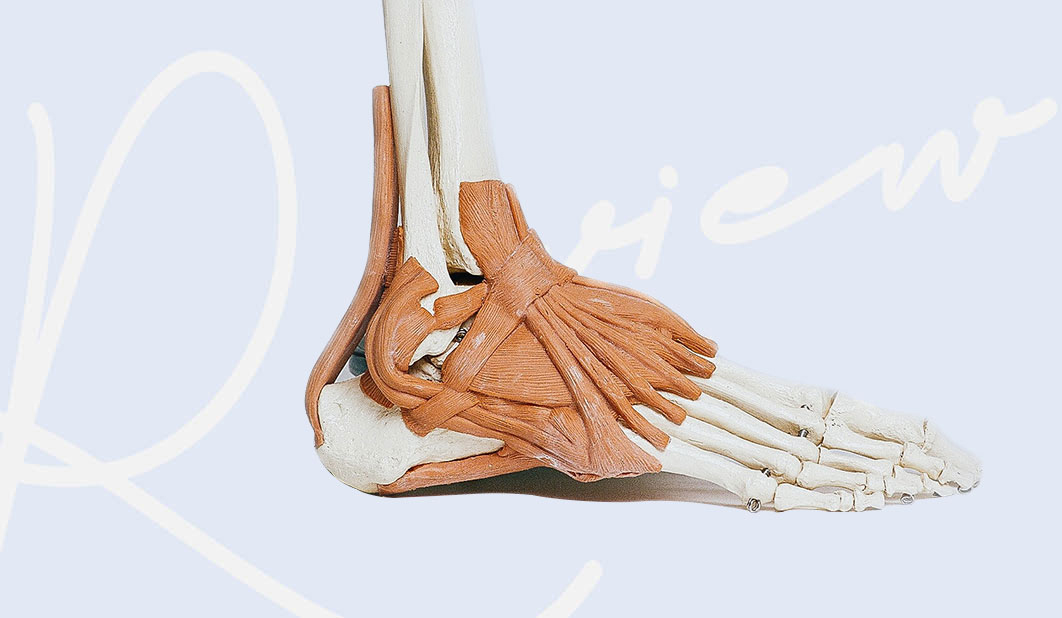Dr. Innes provides specialized diagnosis and treatment for hip injuries and conditions, including fractures, athletic injuries, arthritis, and deformities. Using the latest treatment approaches and technologies, Dr. Innes tailors his care to each patient in the treatment of treat hip pain, instability, or disability.
Dr. Innes works with patients individually to determine the treatment and rehabilitation plan best suited to their needs. Not all hip conditions require surgery, and of those that do, many surgeries can be done with an arthroscope, maximizing patient recovery and minimizing downtime so that patients can get back to the activities they love.
Hip replacement, or total hip arthroplasty, is surgery to replace a worn out or damaged hip joint. During this procedure, the surgeon replaces the old joint with an artificial joint (prosthesis). This surgery may be recommended for patients following a hip fracture or for severe pain due to arthritis. Various types of arthritis may affect the hip joint, including osteoarthritis, rheumatoid arthritis, and traumatic arthritis.
The goal of hip replacement surgery is to replace the parts of the hip joint that have been damaged. It also helps relieve hip pain that cannot be controlled by other treatments. Total hip replacement is not for everyone, and Dr. Innes can help you determine if you are a candidate for the innovative procedure.
Patients suffering from trochanteric bursitis may be recommended hip arthroscopy if the injury has not responded to non-surgical treatments such as rest and anti-inflammatory medications.
Like other arthroscopic hip procedures, this procedure involves a small incision being made through which the surgeon carefully removes the inflamed bursa (a bursectomy). At the same time, the surgeon will perform an iliotibial band (ITB) release. The purpose of the release is to decompress the inflamed area, allowing the region to heal successfully after surgery.

